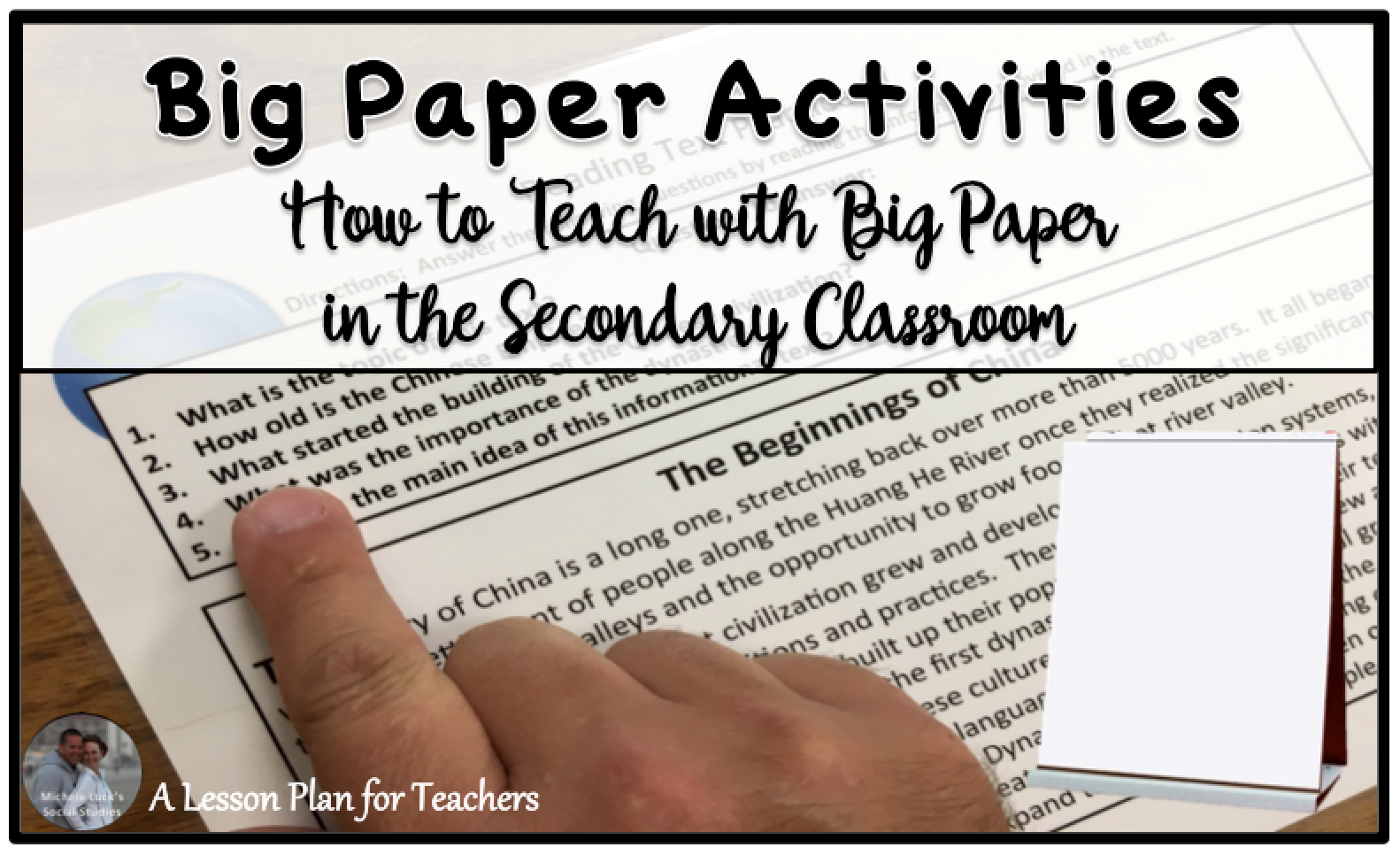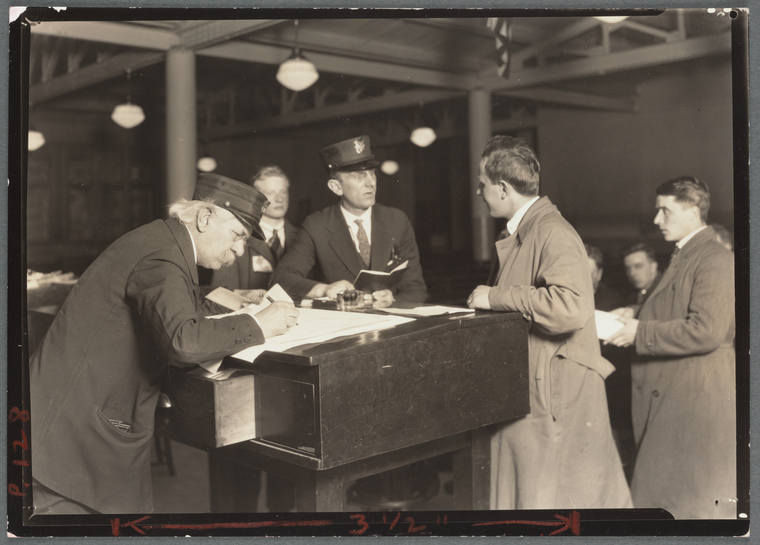Are you looking for new and engaging ways to study immigration with your middle schoolers? Worried that your lesson will feel dry and students won’t connect the way you intend for them to?
Here are 20 ideas to help bring your unit to life, get your students up and moving, and make a larger topic more hands-on and student-friendly!
Each idea offered here can be used independently or with other ideas listed to help put the spark you’re looking for into your unit!
1. Dollar Street

This awesome tool gives students the opportunity to see how others around the world live, as well as their monthly wages. If you’re looking to outline differences between countries and living situations, use this tool to have students discuss comparisons and contrasts based on the short videos they browse and investigate.
Learn More: Gap Minder
2. Google Treks

Are you looking to show your students the terrain that families across the world experience? Look no further than Google. Google Treks is a unique tool that allows students to see the geography of the planet without leaving the classroom. Travel the world to places like Jordan to show students the differences in climate, the environment, or even society as you discuss reasons why families may choose to migrate.
Learn More: Google
3. Big Paper Exercises

Using large paper and having students work in groups to visualize content is still as important today as the age-old practice that we remember as students. If you are thinking of having your students study the specific trek of immigrants, consider having them work together to map it out across a large sheet of paper. As students bring their understanding of a person or family’s journey to life through art, they also create a geographical guide to help extend their thinking on the obstacles that each person faced as they made their way to their destination. A fun way to also integrate teaching middle school map skills!
Learn More: A Lesson Plan For Teachers
4. Teach with Picture Books
The art of storytelling is a great way to engage students ahead of a deep-dive lesson like immigration and gives you the prime opportunity to address concerns like their feelings about immigrants, immigration history, or myths about immigrants head-on. Plus, middle school students are never too far removed from childhood to feel nostalgic as they all sit around on the floor to listen in on a read-aloud.
Learn More: Ladydee LG
5. Current Topics

One way to allow students to explore a complex topic like immigration is to let them–explore! Education Week collects articles on a variety of topics, ‘immigration’ being one of them. Have your students follow this link to see what is currently being discussed like immigration policy, fear of immigration enforcement, and immigration trends, and then ask them to weigh in on the matter using evidence from their chosen article.
Learn More: Ed Week
6. Podcast
Consider having your students listen to a few modern immigration stories… an activity like this allows students to hear about current issues facing immigrants as well as policies in place. This resource provides a list of online resources that are free and fit the mold for podcast activities. Obviously, preview the podcast first to be sure it’s appropriate for your class; but, a switch from text to audio may engage your students on a whole new level!
Learn More: Boundless
7. Literature Circles
Are you thinking about having your students investigate stories from different immigrants? Not sure if you have enough time? Consider borrowing this tried and true tactic from English teachers! Break your students up into groups, assign each group a different young adult novel that focuses on a different immigration story, and come back to discuss commonalities within each story! Extend this thinking by having them compare what they’ve read to what they know of early immigrant families and their journeys.
Learn More: Scholastic
8. Novel Study
Above, the idea of literature circles was pitched. Not a fan of trying to keep up with that many stories at once? Maybe one novel is all you need! Refugee by Alan Gratz is a novel used in middle school classrooms across America to assist students in gaining insight into migration and immigration. This resource is a full unit plan on how to incorporate this novel into your classroom. Happy reading!
Learn More: Created Ream Explore
9. Share Their Stories
Consider asking your students to map their family heritage or explore the migration of their families! Students can trace their lineage and create a visual bulletin board that can be displayed throughout the classroom to showcase the treks that every family made to make it to America.
Learn More: NY Times
10. Analyze the Immigration Bans
Another idea that may work for you is to have students look at current immigration policies. Consider having them explore ICE immigration raids, the history of immigration, the future of immigration policy, and finish up with an immigration debate. The New York Times offers a well-rounded lesson plan that’s easy to follow and implement if you need some inspiration for a more serious discussion with your middle schoolers!
Learn More: NY Times
11. Song Analysis
Maybe you’re looking for the opportunity to challenge your students with critical thinking and communication skills… an option may be to have them take a closer look at songs like “My Bonnie Lies Over The Ocean.” Follow this resource to see how one teacher challenges their students to consider how men are typically the first to set out for a new home and how their families are left behind to wait for information. The feelings of migrant families can be explored as students think deeply about what it takes to make such a journey and what is at stake as they make their way to a new life.
Learn More: Poem Analysis
12. Gallery Walk

Gallery walks are an easy setup and the students formulate the content on their own as you walk around the room and listen in. Post a number of pictures around the room, and consider giving a few guided questions at each station that center on the theme of the photo, the historical events that may be taking place, or the experiences of immigrants in the pictures. Conversations on topics presented will bloom as students work in pairs or groups to analyze the pictures and empathize with what they see.
13. Food!

While immigration can seem like a heavy topic, consider wrapping up the unit on a lighter note by incorporating food into your lesson! Have students bring food related to their ancestry, or dabble in making food from a culture that they’re interested in!
Learn More: Shut The Door and Teach
14. Frayer Model
Sometimes, the issue we have with teaching a unit as deep as immigration is where to start… Vocabulary can be an excellent way to get students on the same page! The Frayer Model is a tried-and-true method used by many teachers to help approach the understanding of new or difficult words like “immigrant.” Use this resource to see how the Frayer Model is used, and how each box addresses a different understanding of the word.
Learn More: Social Studies Success
15. Ellis Island Interview

Immigration can be a controversial topic and even lead students to think about controversial events surrounding the idea. Embrace this by introducing a role-playing activity that asks them to take the Ellis Island Immigration Interview. Students can answer the questions individually and then sit in pairs or groups to discuss the questions and the answers.
Learn More: Education
16. Famous Immigrants (Body Biographies)
There are so many famous immigrants who have helped shape America and humanity. One way students can explore this is by giving them a list of famous immigrants to research and then asking them to work in groups to create Body Biographies. In this process, students can learn about different immigration stories, the journey they made to come to America (or whichever country they immigrated to), and what they contributed to the country, culture, and society.
Learn More: Pinterest
17. Interactive Bulletin Board (See Famous Immigrants)
Interactive bulletin boards can be used in so many different ways… consider extending the body biographies lesson into this by asking students to map out the journey of each famous immigrant. They can trace where their person came from, where they landed, and where they settled down–or if they moved around.
Learn More: 38 Interactive Bulletin Boards That Will Motivate Your Students
18. Immigration Suitcases
Love the idea of immigration stories? Ask students to create suitcases that replicate what other immigrants (or even their own families) packed for the long trip. Students can explore family keepsakes, what is considered most precious to migrant families, and most importantly, what’s left behind ahead of their journeys.
Learn More: Parker Art
19. A Welcoming Note
Do you have immigrants in your school? In your class? Consider having your students create a large sign with love notes for your new immigrant students as they walk in! This could be an awesome way to showcase the learned empathy from your unit! Even if you don’t have a large population of immigrants in the school, consider having your students write postcards or letters to new migrant families at the border.
Learn More: Todec
20. Go Beyond
It wouldn’t be odd if your students feel a little emotional or helpless as they learn about the millions of families that are caught up in immigration policies or different family separation policies. Help them to become advocates by showing them what they can do to assist families in need. This resource is a great extension to your unit and it’s filled with resources that you and your students can explore to help others.
Learn More: Rebekah Gienapp